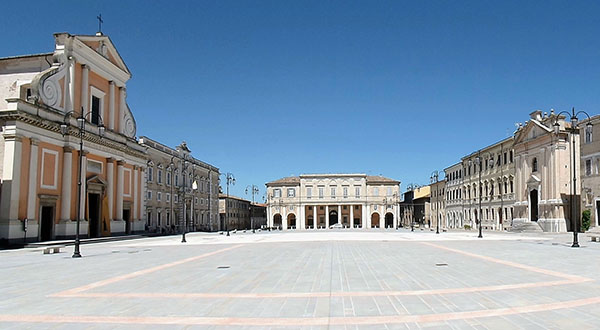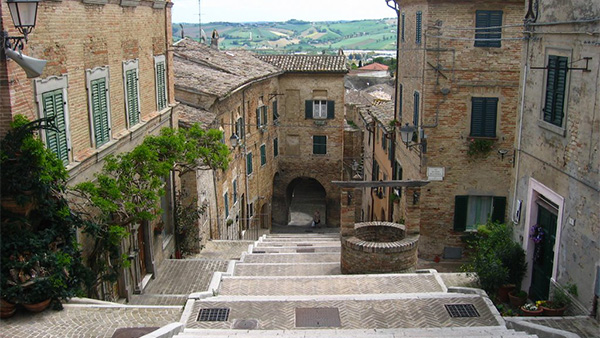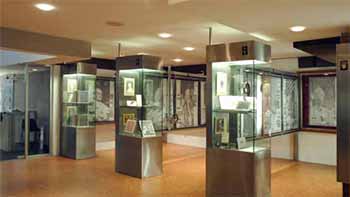Trecastelli – Torre Malatestiana
Situata all’interno del castello, è il monumento più importante e rappresentativo. E’ stata oggetto di due importanti restauri, che l’hanno riportata alle originali architetture quattrocentesche. Sotto l’arco, nel lato destro, è presente la targa in marmo con l’epigrafe dedicata a Vittoria Colonna. La località è caratterizzata da diversi sotterranei, una parte di essi è ancora esistente ed è stata utilizzata per costruire il rifugio antiaereo durante la seconda guerra mondiale. La chiesa parrocchiale è probabilmente di epoca roveresca e custodisce al suo interno il quadro della Madonna col Bambino attribuito al pittore Gaetano Lapis da Cagli e un crocifisso ligneo …










